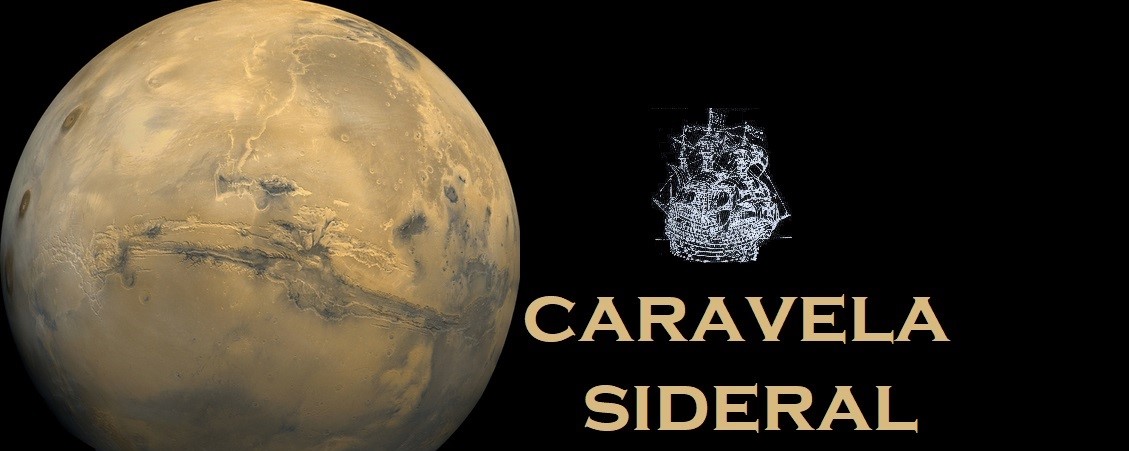As the name of the mission indicates, CHEOPS will characterize the structure of exoplanets, from giants like Neptune to planets of Earth-like dimensions and will focus essentially on planetary systems already studied, in order to deepen the knowledge about the known exoplanets and eventually discover others.
CHEOPS is due to be launched in 2019 and placed in a terrestrial orbit that will range between 650 and 800 kilometers of altitude.
CHEOPS - CHaracterising ExOPlanet Satellite, é uma missão da ESA, European Space Agency, um pequeno observatório fotométrico, que irá medir os trânsitos de exoplanetas de estrelas brilhantes.
Como o nome da missão indica, o CHEOPS irá caracterizar a estrutura de exoplanetas, desde gigantes como Neptuno até planetas de dimensões semelhantes às da Terra e irá focar-se essencialmente em sistemas planetários já estudados, de modo a aprofundar os conhecimentos sobre os exoplanetas conhecidos e eventualmente descobrir outros.
O CHEOPS deverá ser lançado em 2019 e colocado numa órbita terrestre que variará entre 650 e 800 quilómetros de altitude.
 |
| CHEOPS at the University of Bern near the vacuum chamber / CHEOPS na Universidade de Berna junto da câmara de vácuo. |
 |
| Vacuum chamber where the space telescope was tested. Câmara de vácuo onde o telescópio espacial foi testado. |
 |
| Illustration of CHEOPS in launch configuration. Ilustração do CHEOPS em configuração de lançamento. |
 |
Illustration of the small telescope which is the soul of the space observatory. Ilustração do pequeno telescópio que é a alma do observatório espacial. Imagens ESA |




























